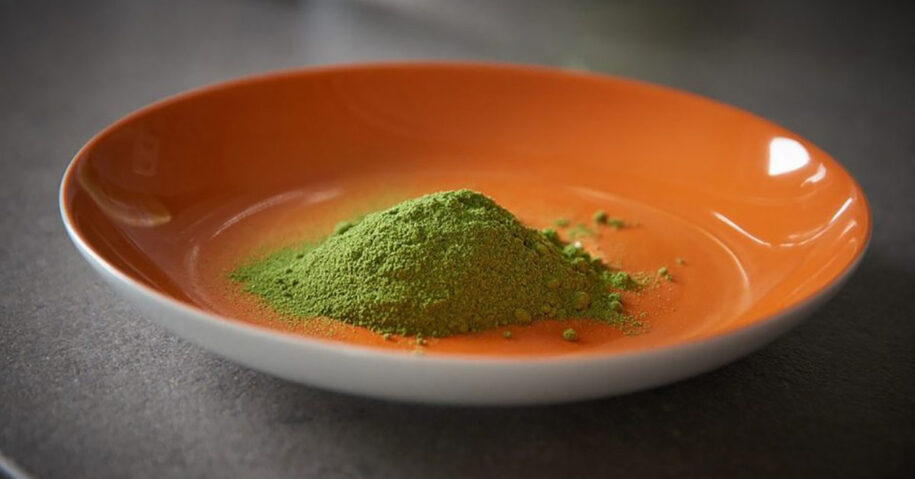Moringa – The Herb That Kills Cancer and Stops Diabetes
Moringa has come to be known as one of the most impressive herbal supplements to hit the holistic health market.
Moringa is a plant that is native to Sub-Himalayan areas of India, Pakistan, Bangladesh, and Afghanistan. The roots, leaves, bark and flowers are used to make medicine. Moringa has been used traditionally and medicinally for thousands of years.
Some people refer to Moringa as “drumstick”. It is powerfully full of rich antioxidants. Moringa has a variety of medicinal uses. Moringa can be used to treat Anemia, arthritis, asthma, cancer, joint pain, constipation and most importantly; diabetes. The plant can virtually stop diabetes. It contains a type of acid called chlorogenic acid. Chlorogenic acid helps regulate blood sugar levels and allows cells to take up or release glucose as needed. It gives Moringa natural anti-diabetic and hormone balancing properties.
After the acknowledgment of health benefits from it, scientists started to explore its power of fighting cancer. In 2003, The Asian Pacific Journal of Cancer prevention published a study in which researchers examined skin tumor prevention following ingestion of Moringa seedpod extracts in mice. Results showed a dramatic reduction in skin tumors and suggested it could have cancer-fighting properties.
Another study in 2006 reported that a molecule found in moringa induced cell death in ovarian cancer cells grown in a lab. Based on these findings, researchers believe the plant has a potential to treat this type cancer.
According to ECHO, a diet of moringa leaves with porridge made from amaranth grain has substantially reduced or alleviated HIV symptoms in patients. These symptoms include fatigue, shortness of breath, weight loss and chronic cough, which are also common in people diagnosed with mesothelioma and other cancers of the lung.
Now you may be wondering how to use Moringa, as it has so many health benefits. Due to the long travel moringa encounters on the way over to the United States, it is most commonly sold in a capsule or extract form which prolongs shelf life. It’s recommended that you start by taking half a teaspoon of dried moringa orally per day for three to five days, increasing your intake slowly over two weeks as you get accumulated to its effects. Most people choose to take moringa every other day, but not every single day for the long duration of time, since it can cause laxative effects and an upset stomach when overused.
Here are some common ways Moringa is used:
Dried moringa leaves or powder: It takes roughly seven pounds of moringa leaves to make one pound of dried powder. The leaves are considered the most potent parts of the plant, containing the most antioxidants and available macronutrients. In regard to the concentration of phenolic compounds, amino acids, and volatile oils, the stem and root portions of the plant appear to have the least bioactive nutrients compared to the leaves. Look for moringa dried leaves in capsule, powder or tea form, and take them with a meal, rather than on an empty stomach.
Moringa tea: This type of moringa is made from dried leaves steeped in hot water, just like many other beneficial herbal teas. The most nutrient-dense types are organic and dried slowly under low temperatures, which helps preserve delicate compounds. Avoid boiling the leaves to help retain the nutrients best, and don’t cook with moringa if possible.
Moringa seeds: Moringa pods and flowers appear to have a high phenolic content along with proteins and fatty acids. These are the parts of the plant used to purify water and add protein to low-nutrient diets. Look for them added to creams, capsules,and powders. The immature green pods of the plant are often called “drumsticks” and are prepared similarly to green beans. The seeds inside the pods are removed and roasted or dried just like nuts to preserve their freshness.
Moringa oil: The oil from moringa seeds is sometimes called Ben oil. Look for it in natural creams or lotions. Keep the oil in a cool, dark place away from high temperatures or the sun.


